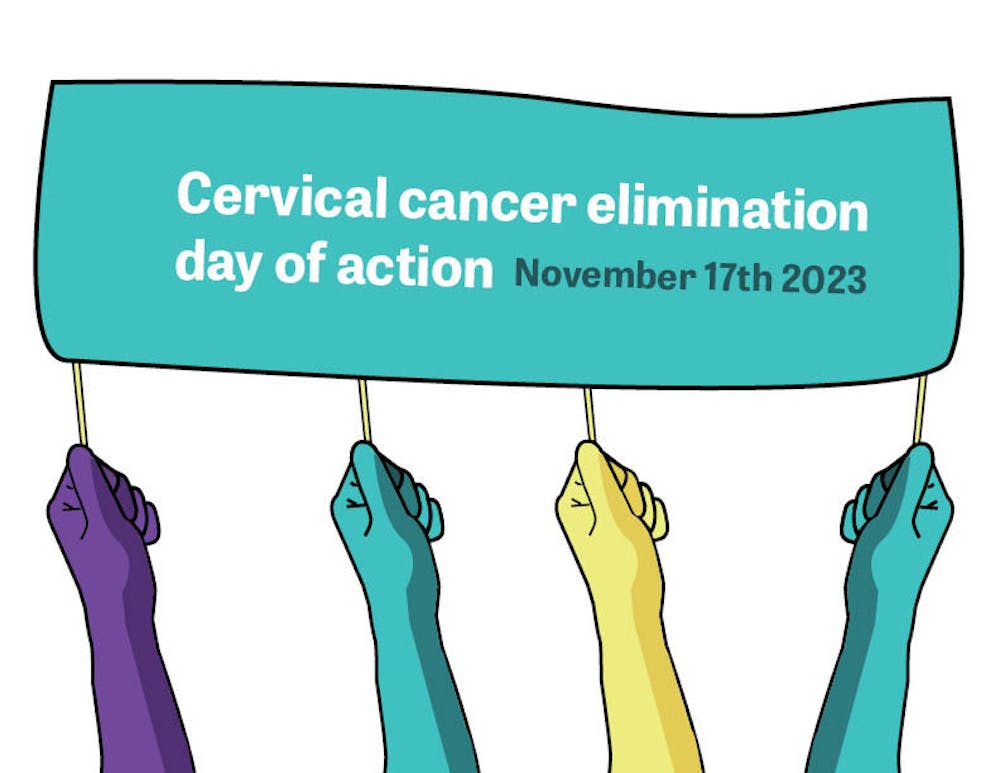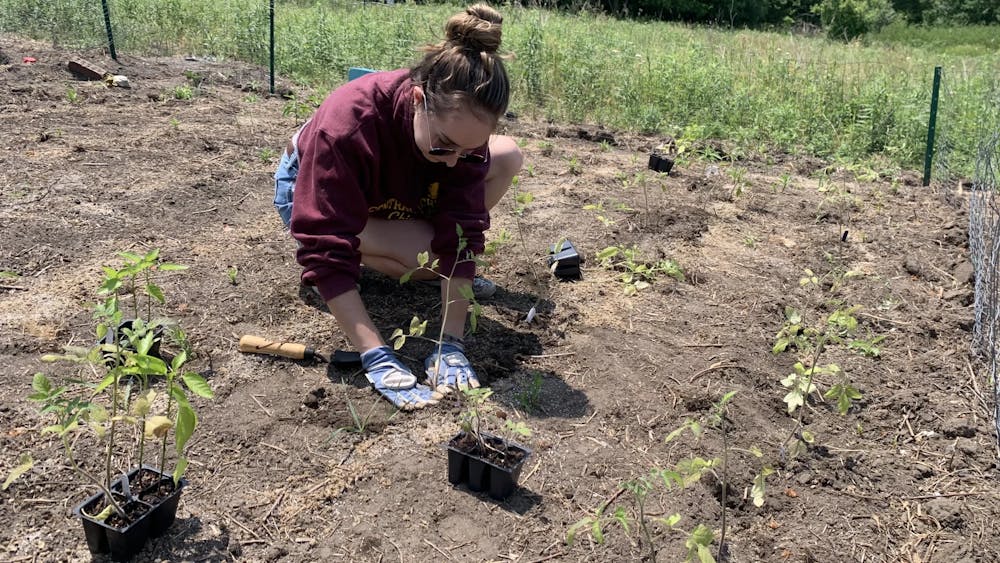'Know your status': Cervical cancer elimination day of action 2023
November 17 is the Global Day of Action to eliminate cervical cancer, recognized by the World Health Organization (WHO) with the theme “ending cervical cancer within a few generations."
The Union for international Cancer control (UICC) describes cervical cancer as a global public health concern, being the 4th most common cancer affecting women worldwide, especially in the low and medium income countries. UICC also documented that every two minutes, one woman dies from cervical cancer globally.
According to the American Cancer Society, in 2023, it has been estimated that 13,960 new cases of invasive cervical cancer will be diagnosed, and 4,310 women will die from cervical cancer in America.
An interview with Dr. Renee Sundstrom, a faculty physician and Residency program director of the department of Obstetrics and Gynecology, Central Michigan university, College of Medicine.
Sundstrom said that cervical cancer is simply cancer affecting the cervix, and the main risk factor for the disease is an infection caused by the human papilloma virus (HPV).
She said there were more than 100 types of the HPV virus with the HPV types 16 and 18 having the greatest tendency to affect the cervix and cause cervical cancer. Other types of the HPV affects both male and female causing cancer of the Vagina, vulva, anus, penis, and oropharynx.
Sundstrom identified other risk factors:
- Smoking
- Immunocompromised states caused by HIV/AIDS
- Medications that depressed immunity and other sexually transmitted infections (chlamydia, gonorrhea, syphilis)
She said that because the HPV infection is sexually transmitted, every woman who is sexually active- even one time- has a risk of having the HPV infection. Sundstrom said this creates the need to undergo regular pap smear and HPV testing, starting at age 31.
She recommended to consult your healthcare provider, ask questions and get educated.
She also said that primary prevention of cervical cancer begins with the HPV vaccination for children ages 9 to 15 years who must have at least two doses of the HPV vaccine. Those 15 to 45 years should have at least three doses to also protect them from other types of the HPV, which could cause other cancers.
“Even one person that you that you come in contact with who may have HPV infection can pass the virus to you, therefore you must know your status," she said.
Sunstrom said "Rural America" can key into the global strategy to eliminate cervical cancer if we collectively tackle the health disparities that exist in hard-to-reach areas, underserved populations and people without medical insurance.
She encouraged insurance companies to increase their coverage and called for more support for federal funded health clinics, county clinics and mobile clinics to improve access to care to eliminate cervical cancer by 2030 in all of America.
The WHO has a 90-70-90 target known as "three global strategic pillars" :
- 90% of girls fully vaccinated by age 15.
- 70% of women screened using a high performance test by the age of 35, and again by the age of 45 (HPV test and PAP smear) .
- 90% of precancerous cases treated, or those in the cancerous stages properly managed.
“We cannot underscore the importance of HPV vaccination before our children become sexually active, as well as the role of routine screening for women above 30 years of age," Sundstrom said. "Get that PAP smear and HPV test done and if precancerous cells are detected, seek prompt treatment before invasive cancers develop, as we unite to end cancer within the next two decades”.




